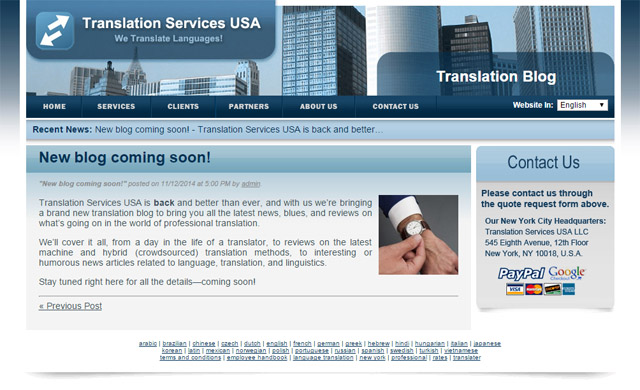More on Crowdsourced Translation

Crowdsourcing is distributed issue resolving. You take one task (or several smaller ones) and spread it throughout a group of hundreds to thousands to solve. In our situation, it’s localization, but you could likewise use a group for evaluations, design, study… nearly anything. You’ll discover crowds these days almost everywhere you look.
This begs the question: would our clients obtain a better result if they approached their localization problem as a labor one? The answer is both “yes” and “no.” Yes, in that it is necessary to develop localization tasks with the translator in mind. Localization quality is greatly affected by the high quality of the source message and context given.
However, Translation Cloud (not its customers) is largely in charge of training and managing its translator group. We develop the tests, uphold criteria via testing and reviews as well as use training in the form of regular expert comments. These elements differentiate Translation Cloud’s crowd from lots of others.
“Crowdsourcing” is a very broad term, representing a variety of groups as well as business designs consisting of experienced vs. inexperienced, generic vs. expert, paid vs. volunteer, high vs. reduced obstacles to entry and also whatever in between.
Individuals could watch out for utilizing crowdsourced options because they are popularly associated with poor quality, but it is essential to maintain this diversity in mind. Groups are created and kept in different ways for different functions. Clients will certainly get their best outcomes with crowdsourcing only after understanding which kind of group they’re making use of and why.
Go international with Translation Cloud’s people-powered localization platform. Find out more or Get in touch with us.




